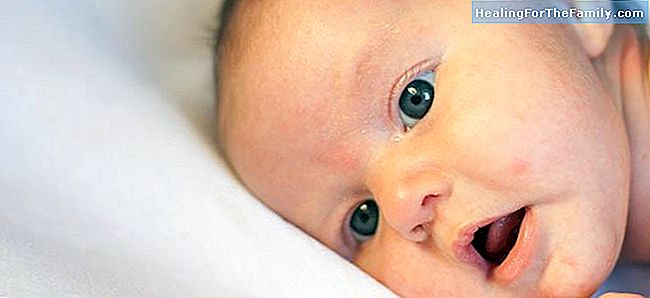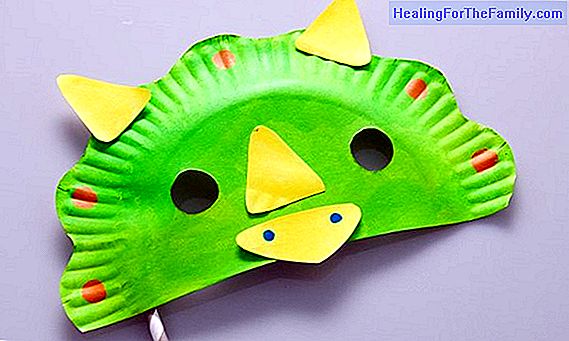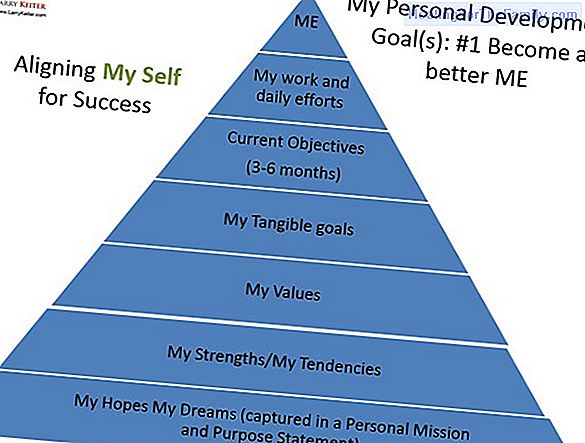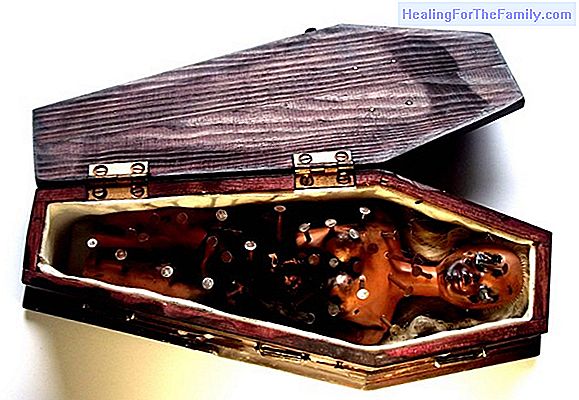Causes of the pimples on the face of the baby
When we think of the skin of the baby we imagine a soft, rosy, velvety skin ... but what many dads and moms do not imagine is that in the skin of the baby they can appear many imperfections and granites. Some do not require treatment, and over time they will be solved. Others require some specific t
When we think of the skin of the baby we imagine a soft, rosy, velvety skin ... but what many dads and moms do not imagine is that in the skin of the baby they can appear many imperfections and granites.
Some do not require treatment, and over time they will be solved. Others require some specific treatments, continued for months, or sometimes several different types of treatments.
6 causes of the appearance of pimples on the skin of the baby

The pediatrician will be the one to recommend one or another type of treatment, but I leave you a few clues to identify some granites or others.
- Miliaria: are white and yellowish granites that appear on the baby's face, usually on the nose, chin, cheeks. They usually appear in the first weeks of life and usually disappear in the first months without leaving a trace. They are like accumulations of fat in the skin of the baby.
-Neonatal acne or neonatorum: They appear in some newborns about 2-4 weeks of life. They are granites or red dots and may have a white head, similar to acne vulgaris. They usually disappear on their own, but we can help with some mupirocin antibiotic ointment, and keep the skin clean and dry.
-Milk crust: are lesions that appear on the scalp, or on the baby's forehead. They can exist throughout the first year of life. The skin becomes dry, scaly, similar to dandruff, yellowish scales are shed. They improve with special oils, which can be left to act at night and remove the skin remnants with a gauze, gently, in the morning.
-Atopic eczema: the skin becomes red, rough, thick and scaly, on the cheeks, scalp, elbows, diaper area, knees. Sometimes it occurs in families with allergy or asthma problems. In some cases it requires very intensive moisturizing treatment, and even topical corticosteroids. It can last the first years of life or even in adulthood.
-Sudamina: are granites with red base and white tip, rough touch, appearing on the upper part of the back, neck, folds. They are caused by sweat or excessive heat. They are not very annoying for the baby, although sometimes they can sting a little bit. The skin should be kept very dry, especially after bathing and in areas of folds, and well hydrated.
-Exanthematic diseases: many of the infectious diseases that children have in the first years of life are presented with rash. In certain types the exanthemas are very characteristic, and in others they are not so typical. The most frequent are: scarlet fever, roseola, infectious erythema or fifth disease, mouth-hand-foot disease, chicken pox, sudden rash, rubella, measles.












